
I finished the Foes Mixer Enduro “On Review” article by promising to answer the question of whether the new mixed wheel (29″ up front and 27.5″ in the rear) bike is a “gimmick or a game changer. ” I won’t make you read this entire article to get the answer to that question. I will tell you right now, without reservation, hesitation, or mitigation, that the Foes Mixer Enduro is definitely a game changer. If you are looking for the world’s best enduro bike and you trust my judgment, go ahead and contact Timberline Bikes or Foes USA right now to get your own example of this magnificent beast in your own bike rack. If you’re skeptical of such a bold statement or curious as to what specifically makes this bike such a quantum leap forward in this age of outstanding enduro bikes, keep reading.

The First Revelation: Cornering
About three miles into my first ride, I became aware of the game-changing nature of the Mixer Enduro. As I dove into a sharp corner far too hot, the bike, seemingly of its own volition, tightened its turning radius and shot out of the other end of the turn without having to bleed speed in the process. I then knew why this dedicated enduro bike had been winning downhill races. The key to winning races is not how fast you charge into corners, but how fast you exit those corners and carry that momentum through the next section.
While the Mixer Enduro will fly down wide open chunk with abandon, it is equally adept at holding that speed through the tight and twisty. I comfortably carried speed in tight quarters that I wouldn’t normally be so comfortable with on a twitchy cross country bike actually designed for such things. A rider could naturally expect a bike of mixed design to be a compromise between the features. The best a rider could hope for would be a mix of the best of both worlds. Somehow, the Mixer Enduro goes beyond and provides even better than 27.5″ cornering on a bike for which the other half is the supposedly less maneuverable 29″. The mix works even better than advertised, as well as far better than expected. On my very first MIxer Enduro ride, I hit personal bests on both Captain Jack’s and The Chutes, two of Colorado Springs’ most famous twisty, turny, downhill routes.

The Second Revelation: Hucking
At age 51, I tend to keep both wheels on the ground most of the time, and when I leave mother earth, it’s not always on purpose. In fact, having not started mountain biking until I was 35, I was already past the usual hucking phase of life. All that changed on the Mixer Enduro. This bike practically hucks itself. It begs to be launched off of any and every huckable feature on or near the trail. I find this rather counterintuitive: I would think that the larger front wheel would want to nose over in the air and invite the dreaded endo… however I found the opposite to be the case. The front wheel stayed aloft nicely and the bike practically autopiloted into perfect two-point landings. I re-rode trails just so I could huck features I usually roll.
The real confirmation of the confidence-building performance came when riding trails new to me. Upon flying high-speed into an unexpected huckable feature, rather than execute my usual panic braking and then slow roll over, I let caution go to the wind as I took to the air. The Foes Mixer suddenly made me three decades younger.

The Third Revelation: Climbing?
When climbing, especially steep, tight switchbacks, the Mixer Enduro’s hefty frame and hard-core enduro geometry, including the slack head angle and long wheelbase, make their presence known. However, any climbing weakness is only relative to cross-country or lightweight trail bikes. The Mixer Enduro climbs as well as any other 6″ travel dedicated enduro bike that I’ve ridden, and that’s on smooth climbs.

When the climbs get rocky, that’s yet another place where the Mixer Enduro outshines its peers. While my first preference in bike categories is enduro bikes, they all share one annoying design compromise: in getting low and slack to rail high speed corners, they drop the bottom bracket to the point that technical climbs inevitably lead to frequent, annoying pedal strikes. Not so with the Enduro Mixer: the large front wheel lifts the bottom bracket just enough to all but eliminate the dreaded climbing pedal strike. Without the need to constantly pick a line and ratchet pedal strokes on technical climbs, I found myself making climbs faster than on a lighter carbon fiber enduro bike. Overall, this is the most amazing revelation of all: that the same bike can simultaneously corner like a low-slung downhill bike and tech climb like the most agile trail bike.

Growing Pains
I initially found the Mixer Enduro to require a little extra care and effort in extended rock gardens. The combination of the big front wheel and the enduro-length wheelbase added challenge to low speed maneuvering. It seemed an acceptable tradeoff, though the bike really comes alive at speed . . . and it picks up speed fast. The natural acceleration exhibited by the Mixer Enduro can take the rider from the crest of a hill to maximum warp in no time. This was in itself a little disturbing, but that stable ride and crazy cornering ability quickly allowed me to get comfortable with speed I was never willing to carry on any other bike.
As for that low speed maneuverability? On my third ride, I approached one particularly problematic rock garden which throws me more often than not. I floated through on the Mixer Enduro without fuss. After that time, the Mixer Enduro handled such obstacles as well or better than any enduro bike I’ve thrown a leg over. Once my muscle memory had settled in, the bike became the perfect companion regardless of terrain.

Building a Mixer Enduro
I won’t spend much time talking about how the Timberline build kit (described in the “On Review” article) performed. After all, it’s pretty vanilla, with parts chosen for the greatest performance to cost ratio. As such, it’s not loaded with crazy light carbon or bits you see in full page glossy ads. But this is how you can get a top-performing, bombproof, USA-made enduro rig at a 4K price point. It is loaded with dependable parts which are up to the rigors of being ridden the way this frame is capable of being ridden. Of course, the Mixer Enduro can be built up any way you choose, and the owner of Timberline and Mixer developer has his personal rig well under 29lbs–including pedals and dropper post–without sacrificing durability.

Bottom Line
I have had the good fortune of riding the absolute cream of the crop in endruo bikes this year, and was very impressed with top-of-the-line offerings from the most bike lust-worthy names in the business. This included super light carbon fiber frames and exotic build kits. Each and every one was amazing in its own way, but none truly stood out above the others… until now. The Foes Mixer Enduro has an incredibly wide performance envelope being, in my estimation, head and shoulders above any other bike as an endruo rig, and being a bike which has also found the top of the podium in legitimate downhill races. The fact that it can be had at a price point well less than those other bikes only makes these revelations even more amazing.

So why would anybody possibly not want this bike? I can think of two reasons:
- You are more concerned with counting grams than grins.
- You would like to hang on to that excuse for not being first to the bottom of the hill.
Distribution of the Mixer Enduro is only via Timberline Bikes or, for those in Southern California, direct from Foes. The Mixer also comes in a slightly lighter and steeper Trail version for the less downhill-oriented. I hope I get the opportunity to test one of those as well–I have no doubt the mixed wheel concept will do equally amazing things for a trail bike.



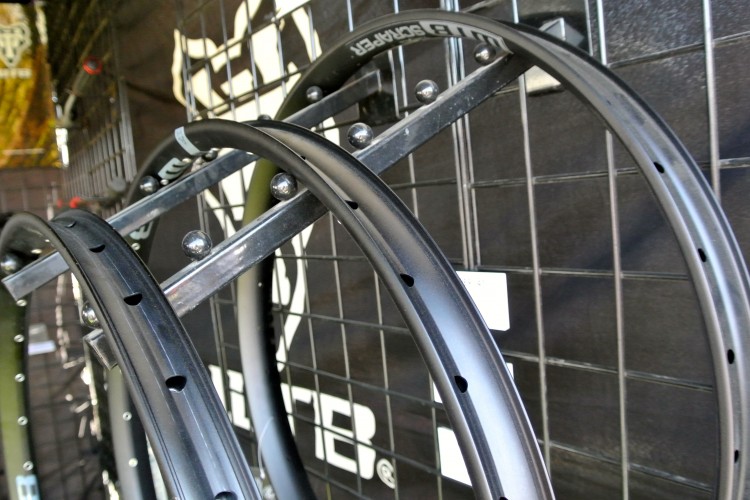

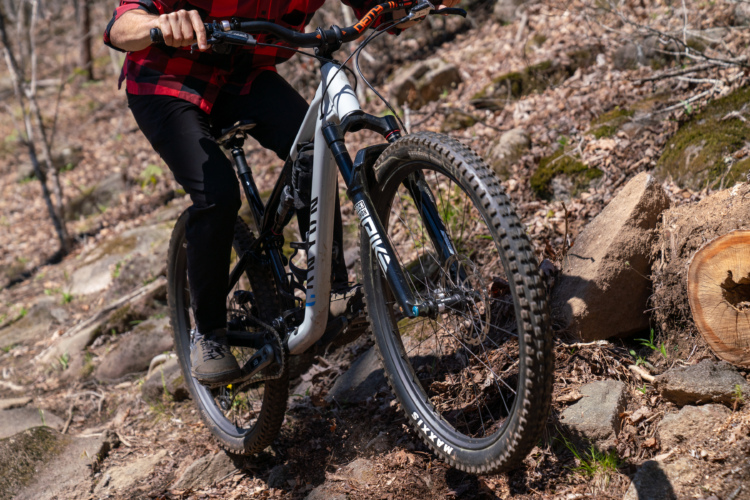
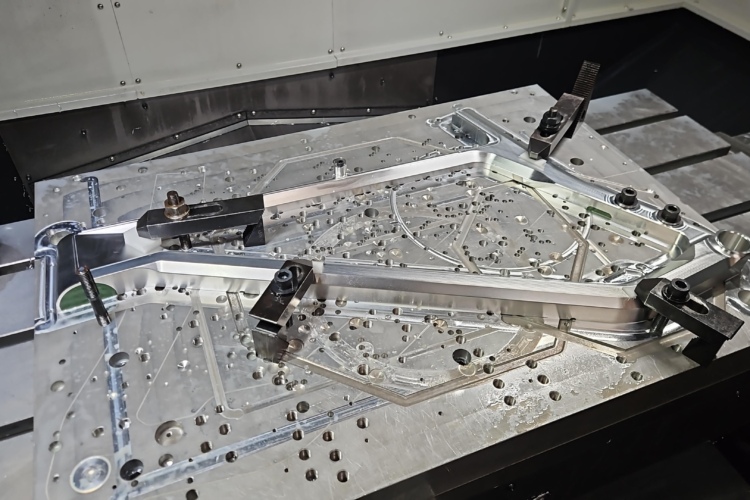
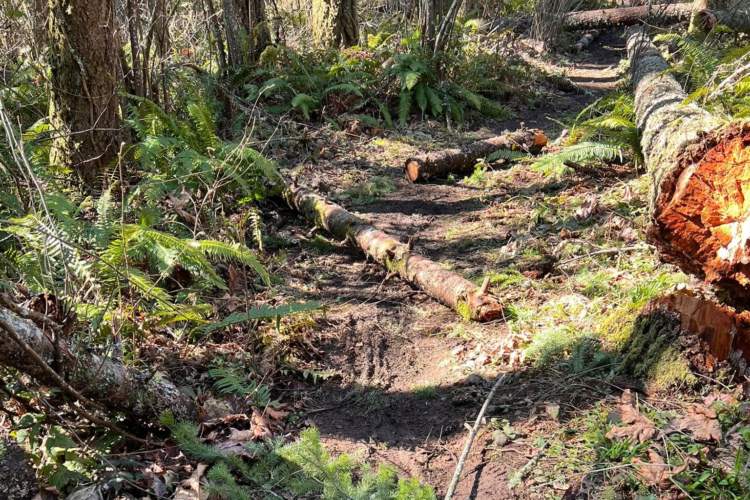
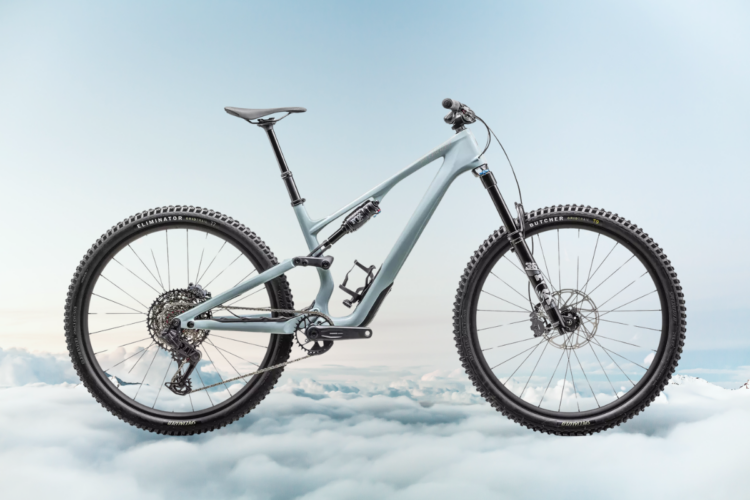


10 Comments
Nov 24, 2015
I was fortunate to have had a chance to demo both Mixer Trail & Enduro rides at length. The result is my custom painted Mixer Trail is due to arrive within days.
I'm very much looking forward to it. Thanks to Mike V at Timberline Cycles for the support. If you have a chance to ride one and do so, I'd be very surprised if you're disappointed.
Nov 24, 2015
Nov 25, 2015
Do you think I could throw a 27.5 rear wheel on the Endure and get some of the same experiences? :lol:
Dec 13, 2015
Your on the right track. mixed wheel will improve bike handling .
However, mixed wheel has 4 critical geometry benefits when designed in ( and done right) the build of a frame.
Of all the years i have worked with this configuration, wheel sizes 24 to 29 and geometry i have found very few bikes that convert well and the end result, at best , you may get 2 of them.
we hope you get a chance to try one of our bikes soon.... .
Nov 23, 2015
Mike at Timberline really knows his stuff.....glad to hear your time on the Mixer validated that.
Where in COS were the pics taken? Looks more like Palmer Park than Capt. Jack's or The Chutes.
Cheers.......JD
Nov 23, 2015
Right you are. Most of the pics are from Palmer Park (two are from the new section of the Codell Trail in the Red Rock Canyon Open Space). I didn't have a photographer with me when I was ripping down Captain Jack's and The Chutes. Nor did I want one at that point as I was strictly feeling out the bike and checking my times
Apr 20, 2016
Apr 20, 2016
Unfortunately, I don't have enough time on plus size fullys to really speak to your question. Most of my time on plus sizes has been on hardtails. However, based on my limited experience on plus fullys (Rocky Mountain Sherpa and Foes Mixer converted to + size), I'd say the Mixer still has the market on handling cornered.
A little background may be helpful. Before developing the Mixer, people were experimenting with putting plus size tires on the Foes Mutz and really enjoying it--but still thought better was possible in the handling department--which led to the Mixer.
Personally, I love the handling of the mixed wheel. One aspect I've come to appreciate in addition to the quick turning responsiveness, is the feeling of stability I get. Of course, the additional stability of plus size tires is what is attracting people to those bikes as well. What I found was that the mixed wheel gave me additional confidence like plus size tires do, but without the additional weight. When I first brought the Mixer home, I had it set up with wide (40mm rims) and full 2.5" tires which blew up even wider on the wide rims. But it really felt little or no better than with the 2.4" tires on the 29mm rims I had during the demo period. If you really are interested in running plus size, the Mixer can be run as a 27.5+ but I can't speak to how it handles in such a setup; since the 40mm rims felt no better than the 29mm rims to me, I didn't feel the need to try it out as a mid-fat, but there are others who are running it as such.
It's also interesting you mention you come from a moto background. MIke Vidovich, who developed the Mixer with Foes, also comes from a moto background and that is reflected in the design. This isn't something I was thinking about as I demoed the bike, but in retrospect, it makes sense.
One thing I'll add about the handling--I like it so much, I ride the Mixer even more than I expected to. I also have a 5" travel trail bike that is carbon fiber with a light parts kit. It comes in at just under 26# where my mixer is closer to 31 (it can be built lighter). As such, I expected to still be riding the lighter bike anytime my ride wasn't particularly gnar strewn or gravity oriented. When I head out the door, I just can't help but grabbing the Mixer, even for less challenging rides. It's that fun.
I'm sorry Foes wasn't more responsive at Sea Otter. It really does help to get the bike out on a legit trail, especially one with lots of sudden twists, to really feel what the bike is capable of.
Apr 19, 2016
Nov 24, 2015
Great review on a proven race proven steed. I own an Enduro as a result of well, riding down Pikes Peak for one. But I have found everything written about the new "Thunderbolt Greaseslapper" as I call her to be true and then some. As an added bonus my Enduro is in Plus mode ride now with Surly Dirt Wizard 3.0s front and a 2.8 in the back. However while demoing the Enduro I managed to CRUSH Strava times on almost every trail here in the Springs up and down with the standard 29x2.3 tires front and back. And yes the Enduro takes a 3.0 up front but only a Dirt Wizard I have found. ENJOY!